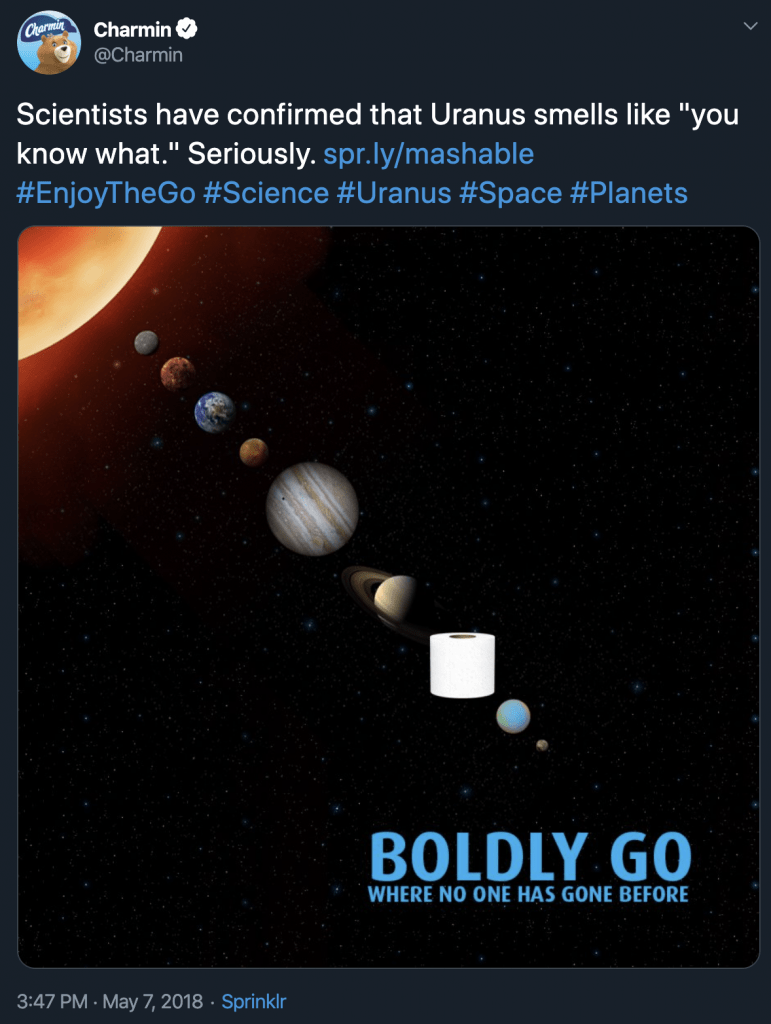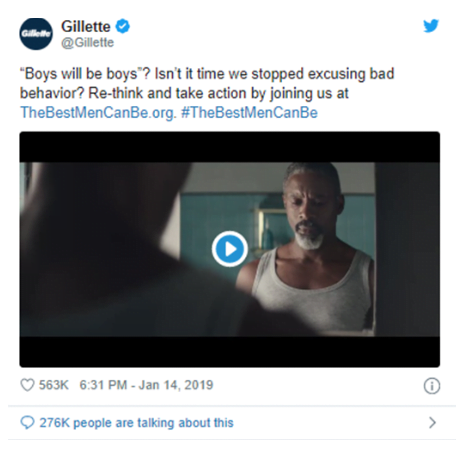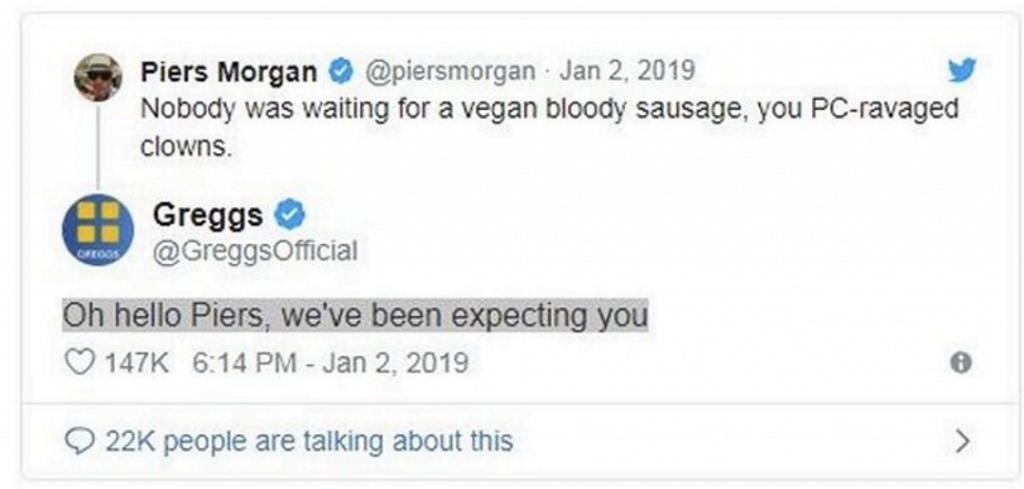Social media.
These days it’s regarded as the ultimate in efficient marketing targeting.
The ultimate panacea for a brand.
Get this.
There are an estimated 3.5 billion social media users worldwide.
90.4% of Millennials, 77.5% of Generation Xers and 48.2% of Baby Boomers are active on social media.
And 73% of marketers think social media has been effective.
All of which is hardly surprising when you look at all the targeting options helping you reach your audience more effectively including age, gender, relationship, location, ethnicity, job and education.
While Facebook helps advertisers to drill down into their audience based upon interests such as automotive, charity donations, digital activity, financials, mobile device use, buying, domestic circumstances and travel.
What this means of course is that your messages will be accurately and cost-effectively targeted towards those who are more likely to buy into your brand.
So if, for example, your target happens to be thirty-something trainspotters in Tring or millennial mystics in Middlesex, go right ahead.
You can go narrow or you can go broad if your target is more mass-market.
And, while the traditional advertising channels have become clogged with the beige and the boring, there’s some great stuff going on in the virtual space.
Of course the biggest no-no for a brand here is hard sell and money-off promotions. This is the place for engaging, connecting, sharing and informing.
You’re in business to make money and social media will help you do that but indirectly, through introducing your brand personality to consumers as one they will want to engage with.
The best exponents of social media marketing understand this. And they also understand the things that once upon a time were the hallmark of advertising in the mainstream media: wit, intelligence, irreverence and insights that truly strike a chord with the audience.
To wit, Paddy Power…
Here is a brand that instinctively understands that one of the key elements of the sports fan’s experience is what they call ‘the bantz’.
Their posts are a perfect example of that, as well as a masterclass in having your finger right on the pulse. And, to be fair, their irreverent tone does carry through to the mainstream (until the inevitable jackboot of advertising standards gets involved that is).

Then, on a similar theme, there’s Charmin. What Charmin understands (whisper it) is that we all enjoy toilet humour. And, basic though it might be, they’ve captured that territory with aplomb. At least online. While P&G’s sale of the brand to SCA, and its subsequent rebranding as Cushelle, produced…er…Kenny Koala…

At the other end of the spectrum, in 2019 Gillette’s new take on its long-established slogan ‘The best a man can get’ chimed perfectly with the year of the #MeToo movement by joining in the debate with #TheBestMenCanBe , a positive reinforcement of men who are the most positive of role models.

The result? 1.5 million social media mentions in just one week and the hashtag #TheBestMenCanBe used some 187,000 times in a mere 24 hours.
While a Twitter poll revealed that 82% of people thought the campaign had been a success and that other brands should stand up for their principles too.
Ever noticed any advertising from Starbucks? No, neither have I.
And yet when, in 2017, Starbucks launched the, um, Unicorn Frappuccino upon an unsuspecting world, Instagram went berserk.

This grotesque concoction, with availability restricted to just one week, gave millennials the perfect opportunity to do what they enjoy most: sticking it, in the nicest possible way, to their stuffy old elders (and sticking their shocking pink and sour blue-tinted tongues out at them in the process to boot).
Needless to say the lurid monstrosity, and its hashtag, generated nearly 155,000 Instagram posts, a perfect example of being in tune with your audience.
And, finally, Greggs. Yes, Greggs. THAT Greggs.
When the national bakery outlet launched its new vegan sausage roll, they used social media highly effectively.
But, paradoxically, it was a high-profile critic in the form of Piers Morgan, and the brand’s perfect retort, which catapulted the new product into the pantheon of social media immortality with the Greggs response generating a whopping 20,000 retweets and almost 150,000 likes….
Greggs itself describes the product as “the most hotly debated sausage roll since, well… the sausage roll…..

So what’s the point of all this?
Apart from highlighting the power of social media, of course, what it throws into sharp relief is the inability, or unwillingness, of most brands to carry what is often an engaging and irreverent online presence across to the mainstream.
Here the generic and the corporate tend to take over.
And, sure, as we’ve seen, the precision targeting makes for a cost-effective way to get to those most likely to buy.
But, with a significant percentage of the population not even fully paid up members of the social club, brands are missing out on huge untapped potential.
While they might succeed in persuading consumers to switch brands, they’re pretty much preaching to the converted. For me, the overriding message here is about the importance of a consistent brand identity delivering compelling, engaging messaging right across the piece in every medium, both on and offline.
Maximising the brand’s appeal.
With a positive impact on that all-important bottom line.
